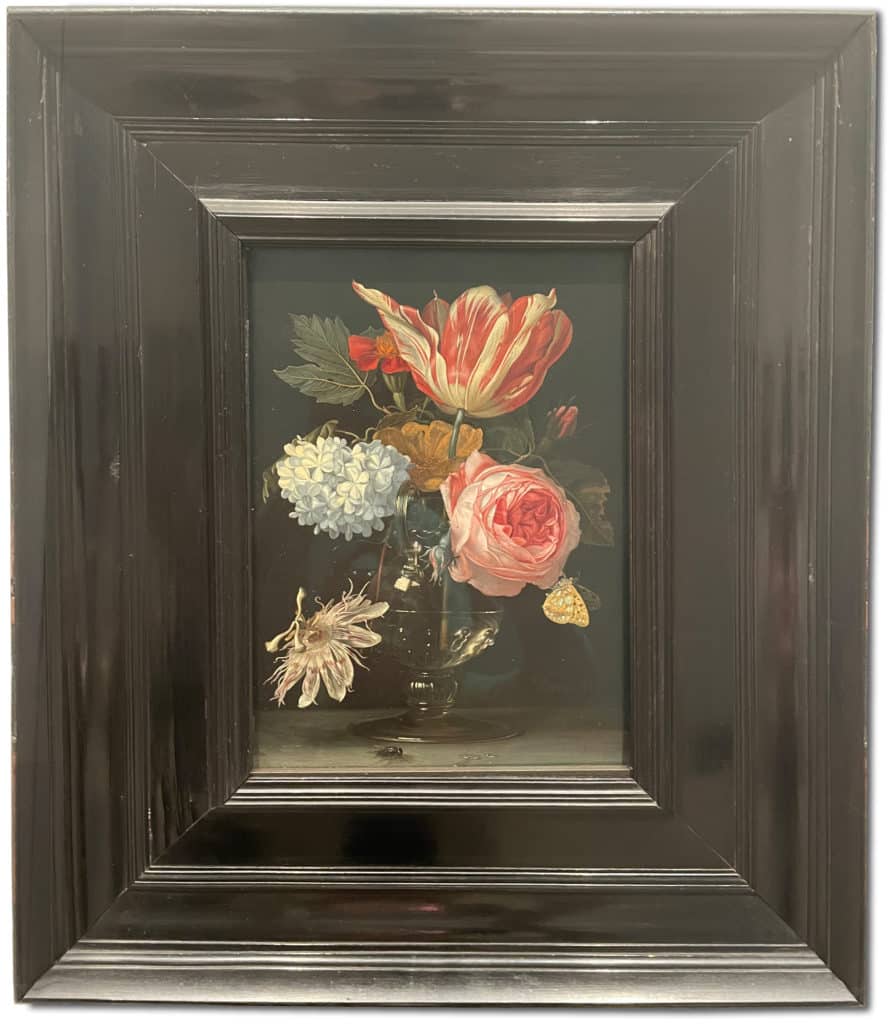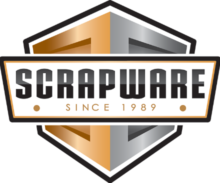From gutters to high-end cookware, electrical wiring and piping, copper is a versatile metal valued for its strength, durability and endless recyclability.
Sixteenth century artists had another use for the red metal—as a base for museum quality oil paintings.
The practice that started with Flemish painters in the 1500s continues today with contemporary artists who use copper panels to produce luminous original artwork.

Oil painting on copper became prevalent in the mid sixteenth century in Italy and Northern Europe. The Flemish masters were particularly well known for their skill using “copper as canvas.” Artists such as El Greco, Guido Reni, Rembrandt and Vernet all painted on copper panels. Copper was favored for its smoothness, for how it allowed fine detail and for its durability. Copper was inherently more long-lasting than canvas or wood panels as a support for oil painting. In that era, it could better withstand damage from humidity and insects.
Art historians are not certain about what sparked the practice of painting on copper, which was most popular from the mid sixteenth to the mid eighteenth centuries. One theory is that the invention of printing, engraving and etching in fifteenth century Europe meant that copper plates were readily available to painters, some of whom were also etchers and engravers. Economic factors may have also played a role. Copper plates being readily available improved their affordably for artists, who wanted to offer customers a more durable piece of artwork.
An aesthetic movement may have also inspired the move toward copper. “An ‘appreciation for the precious and the remarkable, the rare and unusual, the refined and exquisite’ developed among wealthy patrons in sixteenth-century Europe,” according to the online art source, Artefex. This trend lead to the proliferation of different supports for paintings, such as alabaster, amethyst, marble, quartz, slate, and, of course, a piece of copper. The warm and reflective copper surfaces allowed for brilliant colors, fine details and precise brushwork highly valued at that time.
Preserved From the Past
The Phoenix Art Museum from 1998 to 1999 exhibited about 100 of the most important and best-preserved examples of painting on copper, gathering pieces from collections in the United States, Europe, and South America. The Phoenix exhibit also included displays on copper mining, copper ore, copper objects and printing plates from that period. After the exhibit closed in Phoenix, it traveled to additional U.S. and European museums.
Illustrations from the exhibit were assembled into the book, Copper as Canvas: Two Centuries of Masterpiece Paintings on Copper, 1575-1775. The book brings together about 100 full color and 65 black and white reproductions of these paintings, each accompanied by an informational entry and essays on the topic. The comprehensive nature of the book makes it a valuable resource for art libraries or anyone interested in art or economic history.
The Museum of Fine Arts in Boston is another one of several museums that exhibits oil on copper from that era. In its European art section the “Copper on Canvas” display includes paintings from the 1600s by Dutch artists. One example of copper’s luminosity from this small collection is Flowers in a Glass Vase, painted in 1668 by Dutch artist Hendrik de Fromantiou. The still life illustrates the much-loved Dutch tulips in a bouquet. Small dew drops and the glass vase seem to glow under the copper support.
Practiced Today
Contemporary painters who choose a copper surface for their base, sometimes allow the metal or patina to show through their work, allowing for a luminous glow through the oil paint. Although preparing copper plates for oil painting is simple, it still requires special attention so that the paint can adhere well to the surface. In historical instructions for preparing the copper plates, the process began with roughening the copper surface to provide a “tooth” for the paint application. Historical manuscripts provide a number of different recommendations including rubbing the surface with wood ashes, pumice stone or other substances. That is because painting on copper is quite different than painting on canvas. There is no texture nor any absorbency on a copper panel, so the paint will not be stopped in its flow by the weave of the canvas or its porousness. To prepare a copper panel for oil paint, according to art sources, you will need:
A copper plate, sandpaper, methylated spirit for cleaning, gloves to protect your hands from solvent, a lint free cloth and ventilation. If a copper plate is not properly prepared for painting, the oil paint might just peel off after the paint has dried. Art sources direct the painter to take fine sandpaper and gently sand the copper surface, going around the copper plate with even movements to create a uniform surface. A texture will appear on the copper, what artists call the “tooth,” to hold the paint in place. The next step is to pour some cleaning agent on a cloth and wipe it over the surface of the plate. This will remove any dust, grease or dirt. Now the panel is ready for paint.
Today, copper panels are available for purchase from art stores along with books on the topic of painting on copper. In addition to the natural luminosity and durability of the resulting artwork, an oil painting on copper has an additional benefit. If an artist is not happy with his or her work, it does not have to be thrown away—it can be recycled!
About ScrapWare Corporation: Since 1989, Rockville, Maryland-based ScrapWare Corporation has been the software of choice for the recycling industry. Its ease of installation and simplicity saves users time and money, while helping them achieve compliance and maintain accurate business insights. With state-of-the-art functionality that‘s tailored to each organization’s unique requirements, ScrapWare is an advanced dynamic software solution that alleviates the most pressing recycling industry worries. For more information, please call (301) 517-8500 or visit https://www.scrapware.com/.
